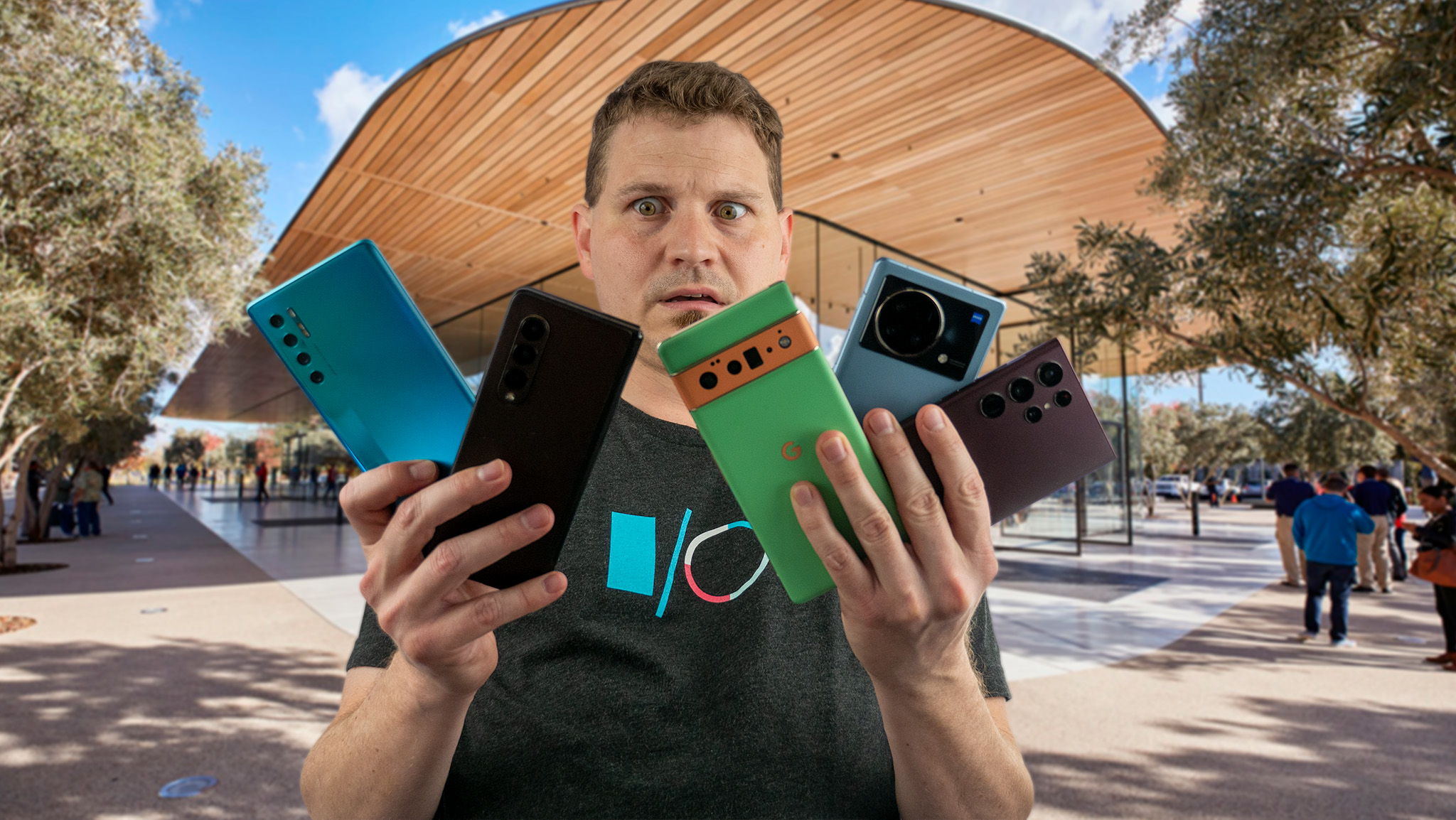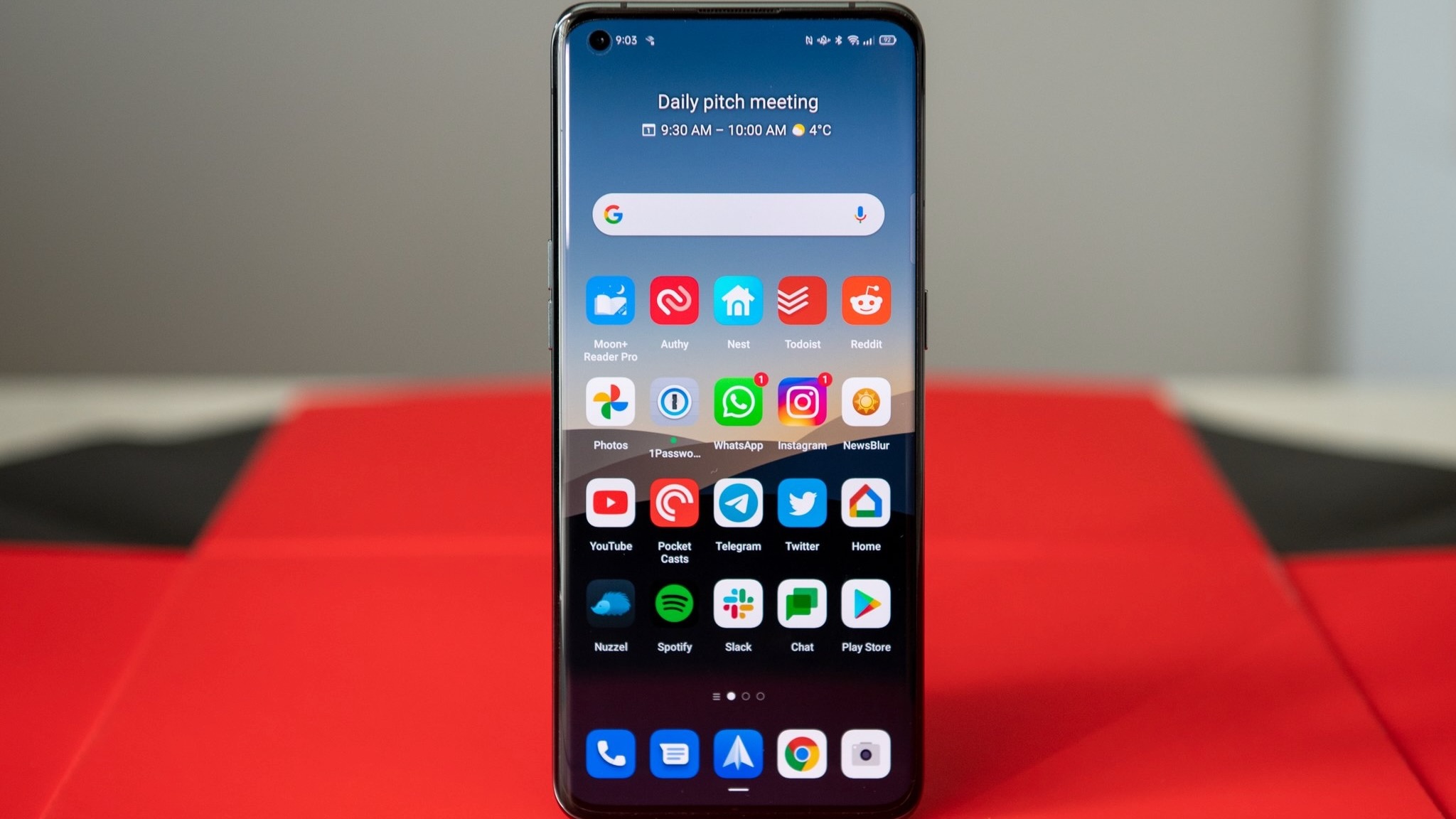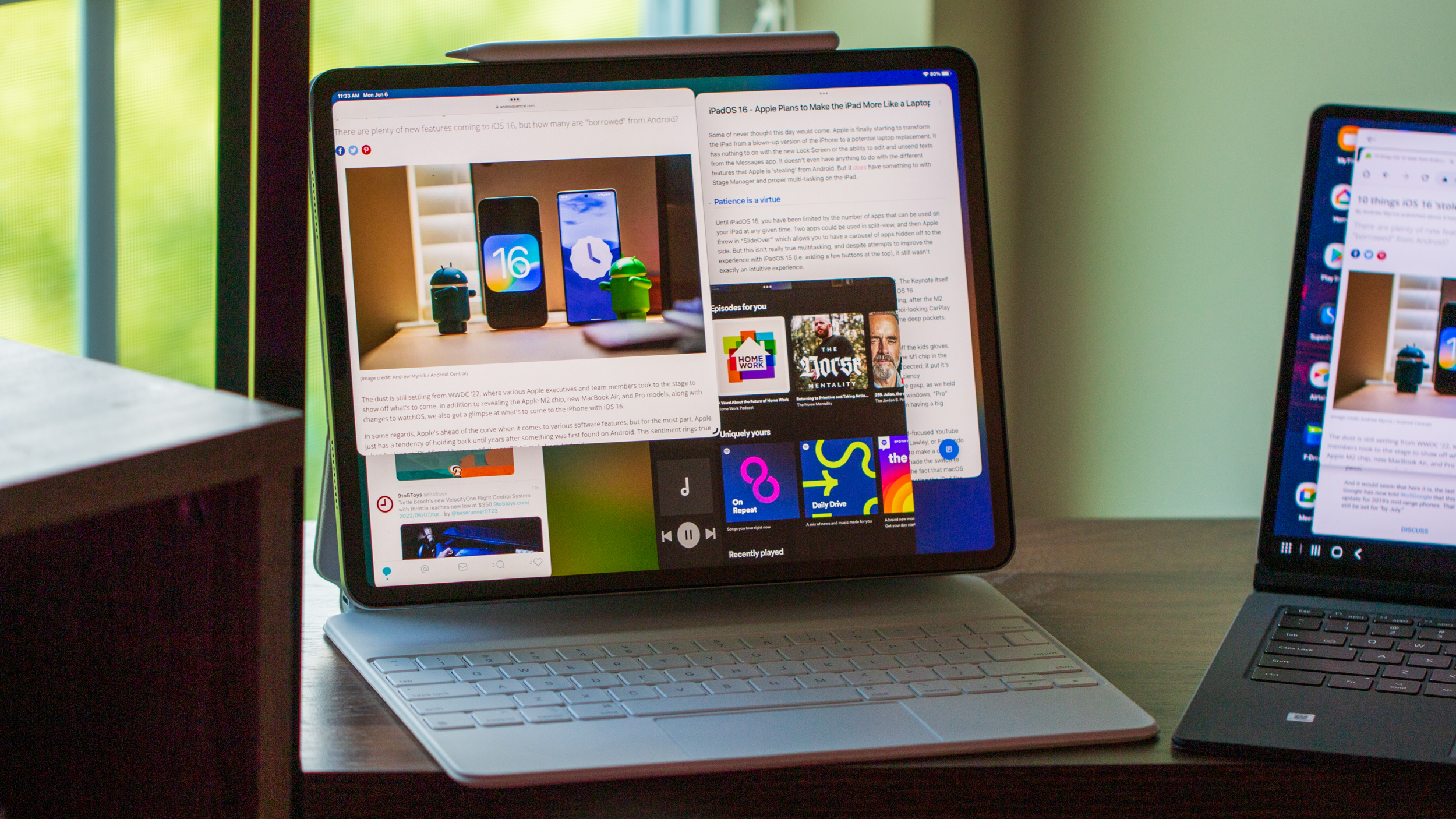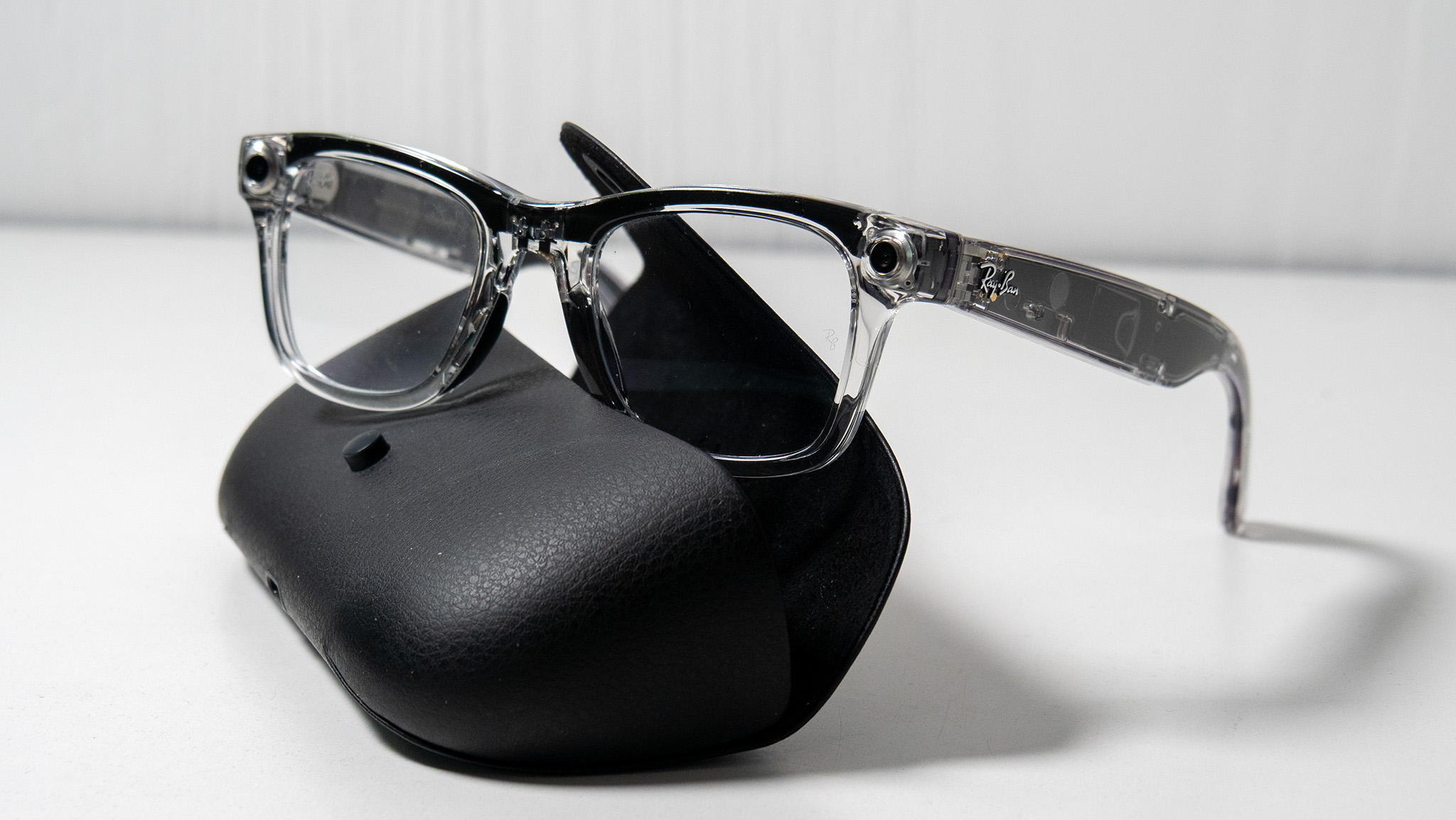Smartphones these days have so many features, but does anyone actually use them?
"There's an app for that" means nothing anymore.

Once upon a time, there was a catchy slogan used by a certain fruit company to prove a point. "There's an app for that" was more than something that was just said in endless numbers of commercials. It meant that, even though iPhones were woefully behind in features when compared to Android phones, any app available in the Apple App Store would, doubtless, make up for the difference.
These days, iOS is little more than another flavor of Android; a reality that becomes more and more apparent with each passing year. At least another 10 Android features can be found in iOS 16, and the same story applies nearly every year. Sometimes, these features are ones that Google thought weren't a good fit for its best smartphones and removed years ago. Other times, they are iterations on Google's approach and turn out for the better.
In most cases, though, I wonder if anyone will even bother to use most of these features more than once. No, I'm not talking about the useful passive features like better voice dictation or haptic feedback on software keyboards. I mean stuff like 3D objects on maps, lock screen widgets, and the awkward SharePlay feature, among several others. These are all fine, I guess, but does anyone actually care about them? I'd wager not.
Replacing optional apps with bloat

Companies like Samsung used to be openly lambasted in the public eye for including too many features that users wouldn't ever actually use, even if they were useful every once in a while.
There was a time when feature creep was discouraged. Companies like Samsung were openly lambasted in the public eye for including too many features that users wouldn't ever actually use, even if they were useful every once in a while. So why the desire to bake all this stuff into the OS itself? Isn't bloat bad?
In many ways, yes; bringing additional features to an OS only further complicates development. It introduces more variables when an update is created, thereby increasing the chances of bugs any time a major OS change is made. Last year, we begged the question of whether or not Android 12 was too buggy at the late stage of the beta program, and I surmise the complications of a massive visual overhaul of a full-featured OS were the main culprit.
So, why has the paradigm changed? My best educated guess — or, maybe, hypothesis is a better word — is that companies like Apple were tired of hearing "my phone can't do that" when Android users came around with their latest phones.
I look at Apple's version of Live Text — an iOS feature that can visually translate printed words via the phone's camera — and realize I've been able to do this exact thing with Google Lens on any Android phone for the better part of a decade. I can clearly recall visiting a tiny German village in 2015 and using my Google Nexus to visually translate the menu and being grateful for such wonderful technology.
Be an expert in 5 minutes
Get the latest news from Android Central, your trusted companion in the world of Android
But the operating system doesn't need to be the thing that does this. I would call into question the idea that baking this kind of feature into the OS heightens exposure, and makes a feature more likely to use than if it were in a standalone app. After all, you still have to navigate to a sub-menu in the camera or photos apps to find any of these features, and I'd be surprised if most users even bother in the first place.
If anything — especially in the iPhone's case — the idea of adding too many features is counterproductive to the phone's "simple" image. The iPhone's reputation, especially, was built upon being an "easy to use" device that "just worked" when you needed it to.
Even though you might have to dig to find a feature — if you knew about it at all — it's better than having to find and download a separate app.
Jitesh Ubrani, IDC's research manager of worldwide device tracker, doesn't necessarily agree with me, though. He says that "for many consumers, having more features built into the OS is ideal because it provides a frictionless experience." In other words, even though you might have to dig to find a feature — if you knew about it at all — it's better than having to find and download a separate app.
Still, Ubrani thinks there is room for separate apps even among a plethora of features baked into the OS. He notes that "an example could be using Expedia for travel fares rather than relying on Google Assistant or Google search to find you the best fare." I know for myself, in this specific case, I don't ever rely on a single service provider to give me what I would consider the best airfare, and will always seek out at least a second source to check the price.
Given the horsepower and the amount of storage and RAM in modern phones, the negative aspects of bloatware from bygone times — that is, making a phone feel laggy and slow, especially over time — isn't really an issue, and helps negate what was once considered bloat in an OS.
Do features actually increase sales?

Among the many reasons feature creep is out of control boils down to the yearly product cycle. Now that smartphone hardware has largely stagnated in hardware innovation (aside from foldables), companies have to focus more on smartphone software to keep customers interested. While most new features still make their way to older phones these days, the occasional feature will be locked to the newest phone model.
But manufacturers have to be smart about introducing too many features specific to a new model of phone. There's a balancing act to uphold, and folks looking to stick with their current phone for longer don't want to feel left out in the dust. Ubrani notes that "the smartphone market is mature, so most purchases of new phones are driven by replacements rather than a specific feature that someone would like to upgrade to."
More people are buying smartphones than ever, not that the same number of people are buying more smartphones.
Given that IDC tracks smartphone sales and the reasons consumers are upgrading in the first place, this seems like solid advice to take. With the Samsung Galaxy S22, for instance, Samsung used the new hardware to launch a new version of its One UI, later rolling those updates out to older models in a relatively short period of time. It's a great way to incentivize buying new hardware for those enthusiasts unwilling to wait for the update, while simultaneously rewarding customers who have stuck with a device for the long haul.
In Apple's case, the continued focus on adding features to draw in power users — who long preferred Android — seems to be paying off at retail in the U.S. It's not enough to pull everyone in, but a notable number of people are considering switching after the iOS 16 announcement, according to a poll Android Central recently held.
But Ubrani says that "Smartphone sales have grown because there’s been an increase in penetration," not that people are buying new phones because of a specific feature. That means more people are buying smartphones, not that the same number of people are buying more smartphones. He notes that a rare example of people buying a new smartphone for a specific feature was "when the iPhone 6 was launched with a larger screen."
I love features as much as the next enthusiast/power user but, oftentimes, these features are so buried that they're hard to come across even if you're actively looking for them
I still wonder, though, how often people actually use all the new features of a phone. Apple went out of its way to show off the cinematic nature of the iPhone 12's camera last year, but how often do you see people using this specific mode on their social media or in everyday videos? I know I haven't seen any examples of real-world use since then.
Now, don't get me wrong. I love features as much as the next enthusiast/power user but, oftentimes, these features are so buried that they're hard to come across even if you're actively looking for them. Take Samsung's absolutely brilliant photo restoration tool, which helped our news editor Derrek Lee restore priceless family photos. Yes, even the horribly damaged ones of his grandfather had taken decades ago.
I'm certainly not going to look a gift horse in the mouth; features are great and I always welcome something new and fun to do with my phone. But the focus on new features seems a bit silly.
How about, instead of dumping more and more e-waste with annual product cycles, companies focus on longevity and services, instead? When that happens, I can guarantee features will become a much bigger deal to consumers who are looking to see which service they want to continue to subscribe to. Fairphone's latest program does just that, and I think it's what we really need to see in the tech space.

